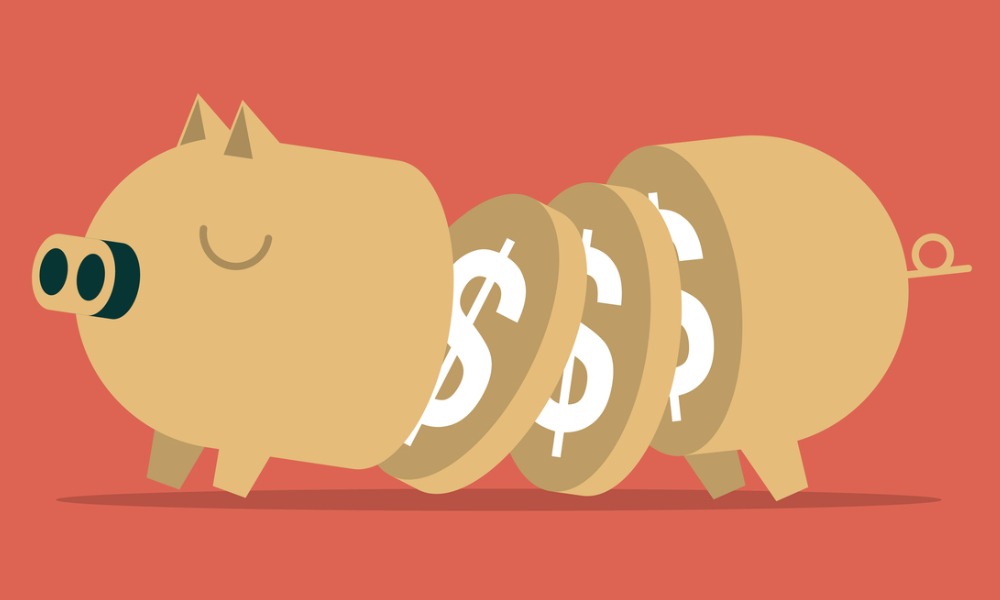Women earn 83 cents for every dollar men receive in retirement income, with societal roles as a key factor

A report from Ontario’s Pay Equity Office (PEO), ‘Understanding the Gender Pension Gap in Canada,’ reveals that women receive only 83 cents for every dollar of retirement income men receive, marking a 17 percent gap.
In a special by The Globe and Mail, it’s said this includes income from government pensions, workplace pensions, and personal savings. This gap persists despite women making progress in closing the wage gap and increasing their labour market participation.
Kadie Philp, Ontario’s pay equity commissioner, notes, “We assumed that if wage gaps are closing and women’s labour market participation is increasing, we should see a closure of pension gaps. But that’s not what we saw.” Alarmingly, the pension gap has grown from 15 percent in 1976 to 17 percent today.
Janine Rogan, a Calgary-based certified professional accountant, and author of ‘The Pink Tax: Dismantling A Financial System Designed to Keep Women Broke,’ attributes this pension gap to the “pink tax,” which refers to the higher costs of products marketed to women.
She emphasizes, “I think it’s important to connect these ideas so we [can] understand how insidious it is to gain and grow your wealth as a woman.”
Philp suggests that women can mitigate this financial challenge with knowledge and foresight, stating, “Knowledge is really powerful. When you’re aware of [the gap], you can make different decisions.”
According to the PEO report, the gender pay gap, which stands at 28 percent in Canada, contributes to the pension gap.
Women contribute less to workplace pensions, personal savings, and government programs such as the Canada Pension Plan, which constitute 78 percent of a Canadian’s retirement income.
Societal expectations and familial responsibilities also play a significant role, affecting women’s earning potential and pension qualifications.
Rogan explains, “You have to take into account women who decide to have children [and how that] takes time away from their career, impacting their earning potential and their ability to qualify for pensions.”
This “motherhood wage penalty” means that earnings losses can persist for years after childbirth. Additionally, women often bear household expenses, which depletes their ability to save.
Divorce can also have a significant financial impact on women, whose incomes drop more dramatically than men’s post-divorce, particularly if they have children. Women also tend to live longer than men, meaning they require more pension money to sustain themselves.
Léony deGraaf Hastings, a certified financial planner, advises all working women to inquire about pension or RRSP matching programs offered by their employers and to participate in them fully.
She highlights the importance of making up for missed pension contributions after a leave and encourages women to advocate for policies that offer more time for this process.
Philp stresses the importance of financial literacy for retirement planning and advises women to monitor pay stubs, read mail from pension providers, and ensure they are named beneficiaries on insurance policies.
Married women should actively participate in meetings with financial professionals and consider finding their own planners if necessary.
deGraaf Hastings also points out that symptoms of menopause can hinder women's career progression and earning potential. She encourages women to seek medical advice to manage these symptoms effectively.
Despite individual actions to mitigate the pension gap, the PEO report highlights that the root cause lies in the structure of Canada’s retirement programs, which are based on work years’ income and do not account for social contributions or needs.
Philp concludes, “Our system is based on certain assumptions. While governments have made small changes over the years to better support women, the underlying approach endures, and only a more substantial revamp can fix it.”



